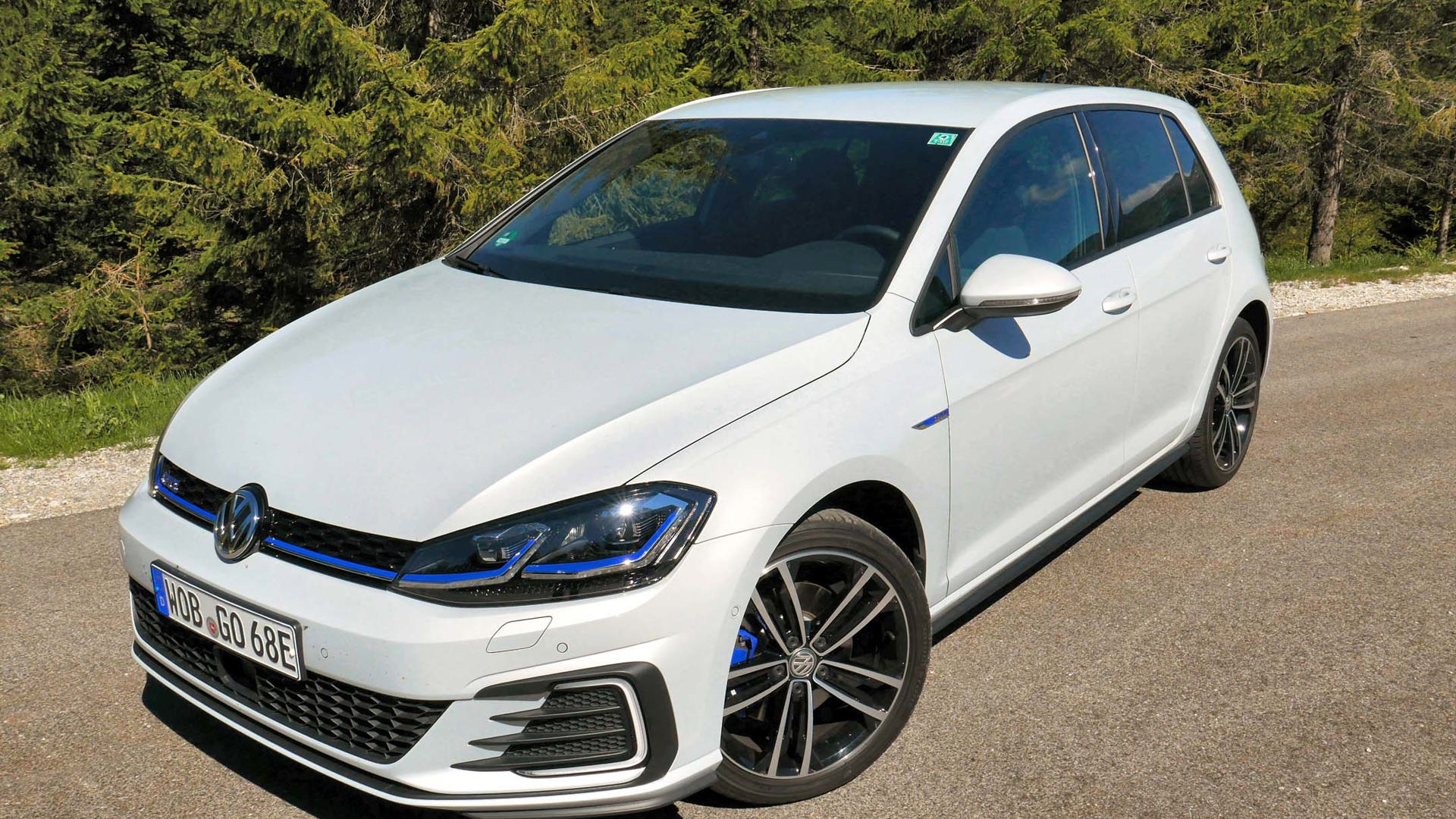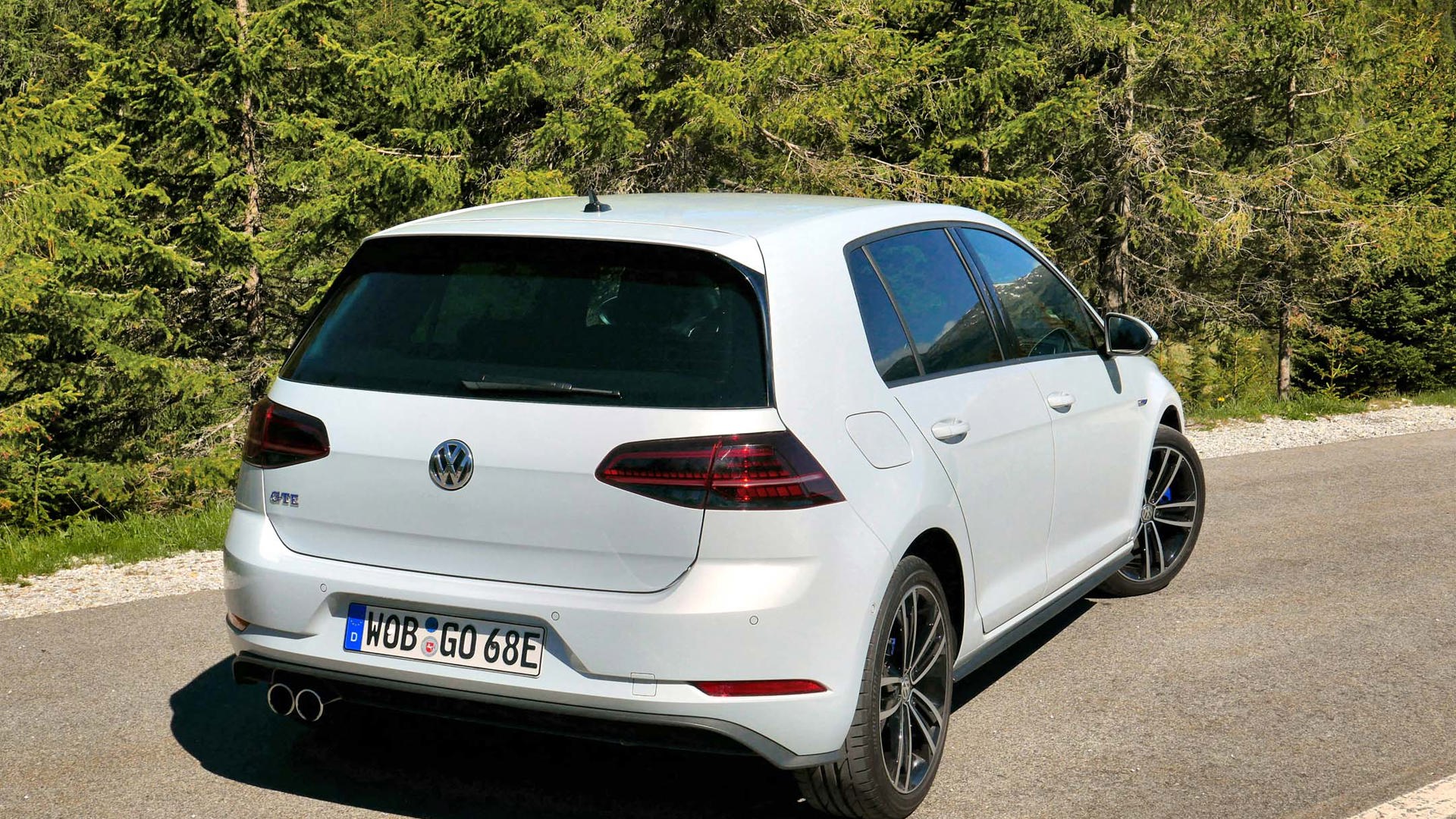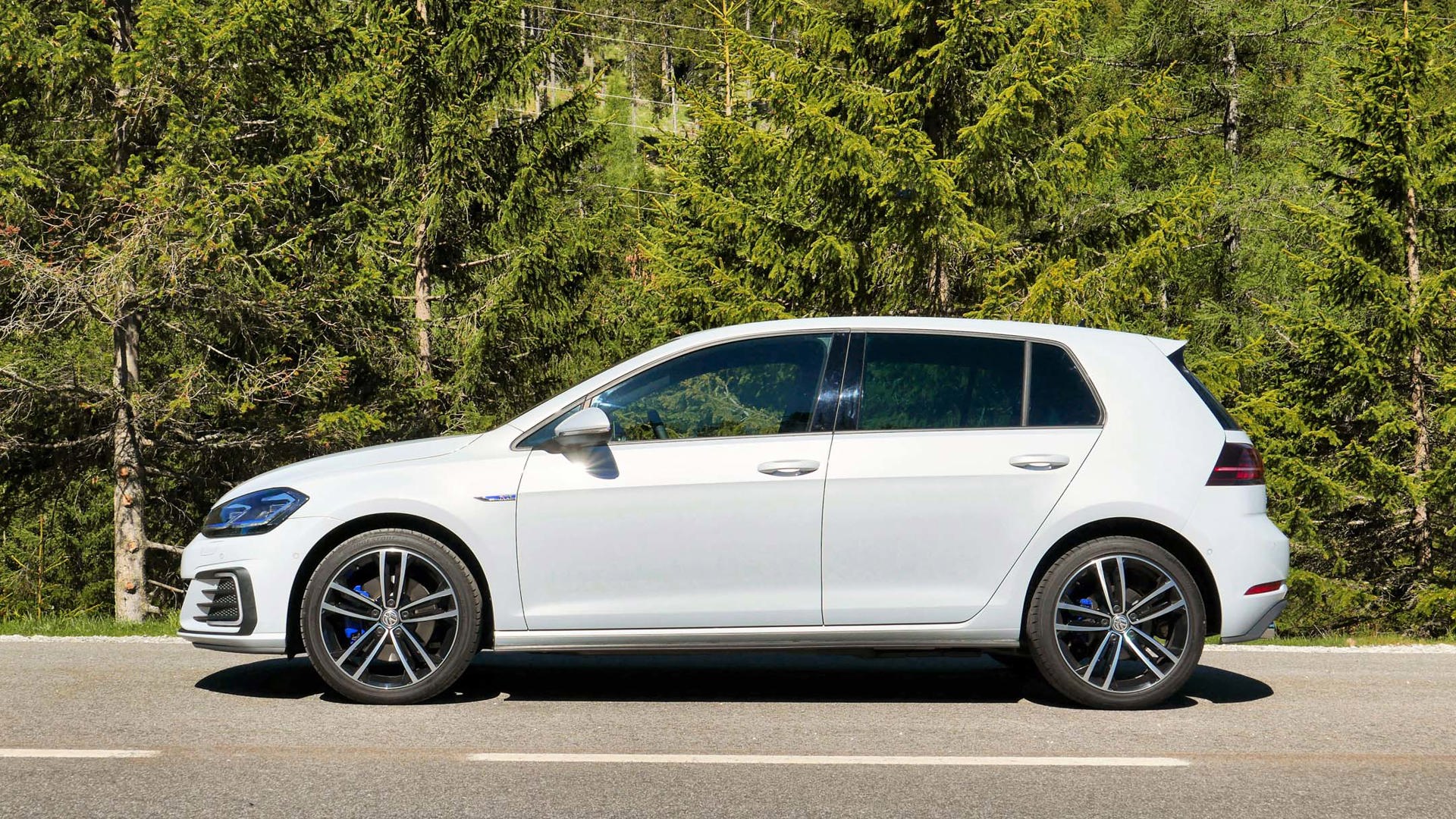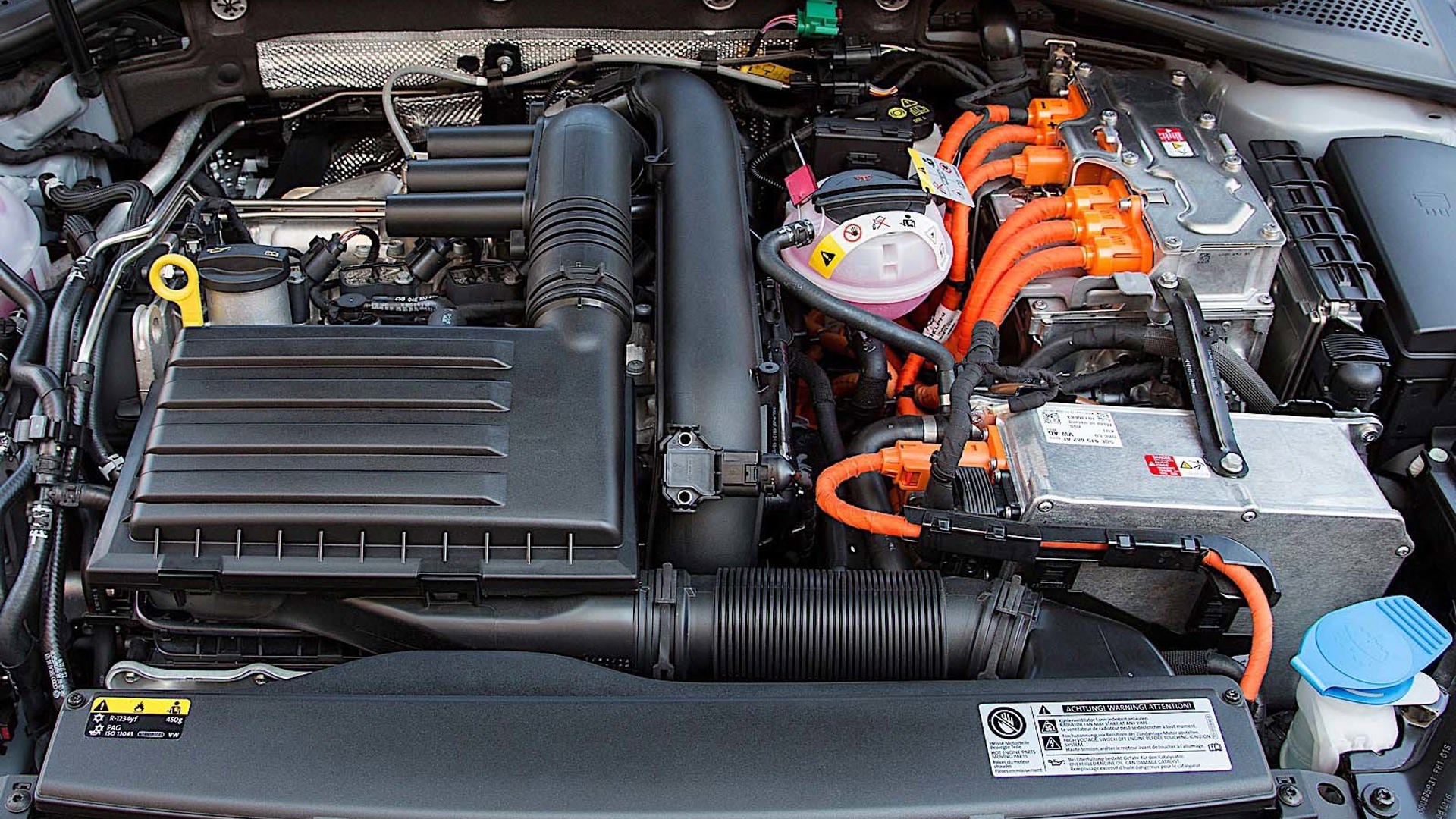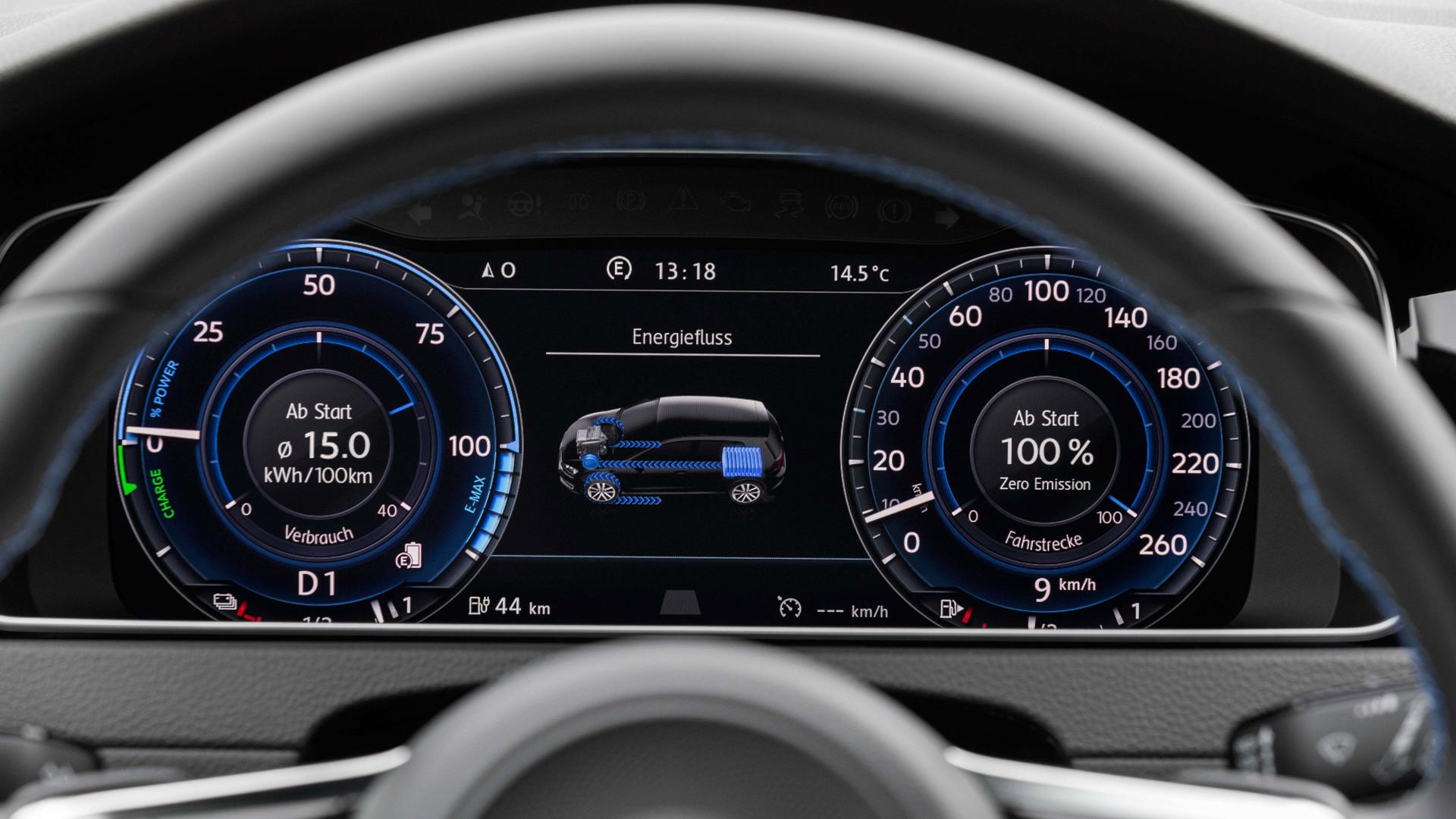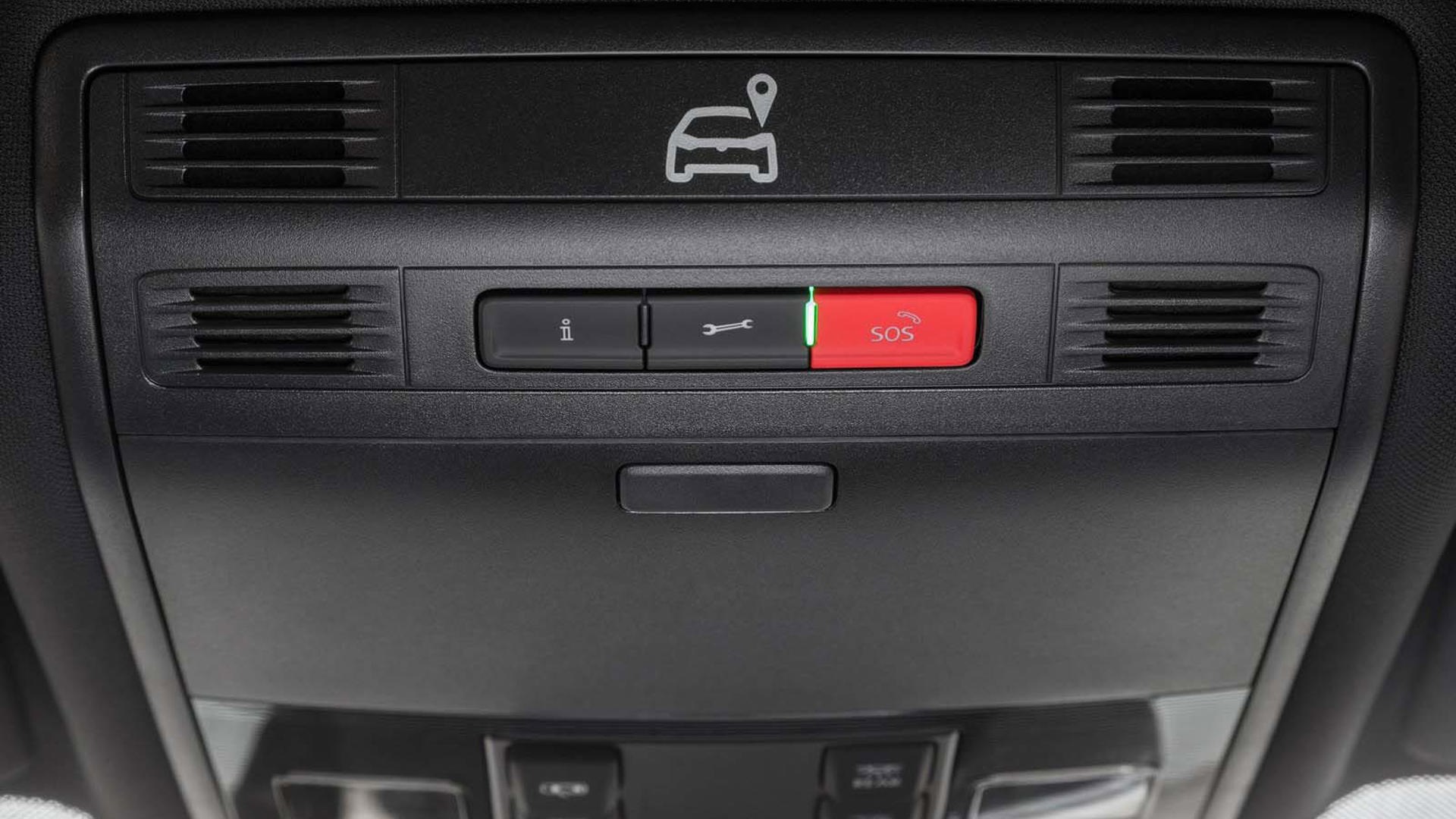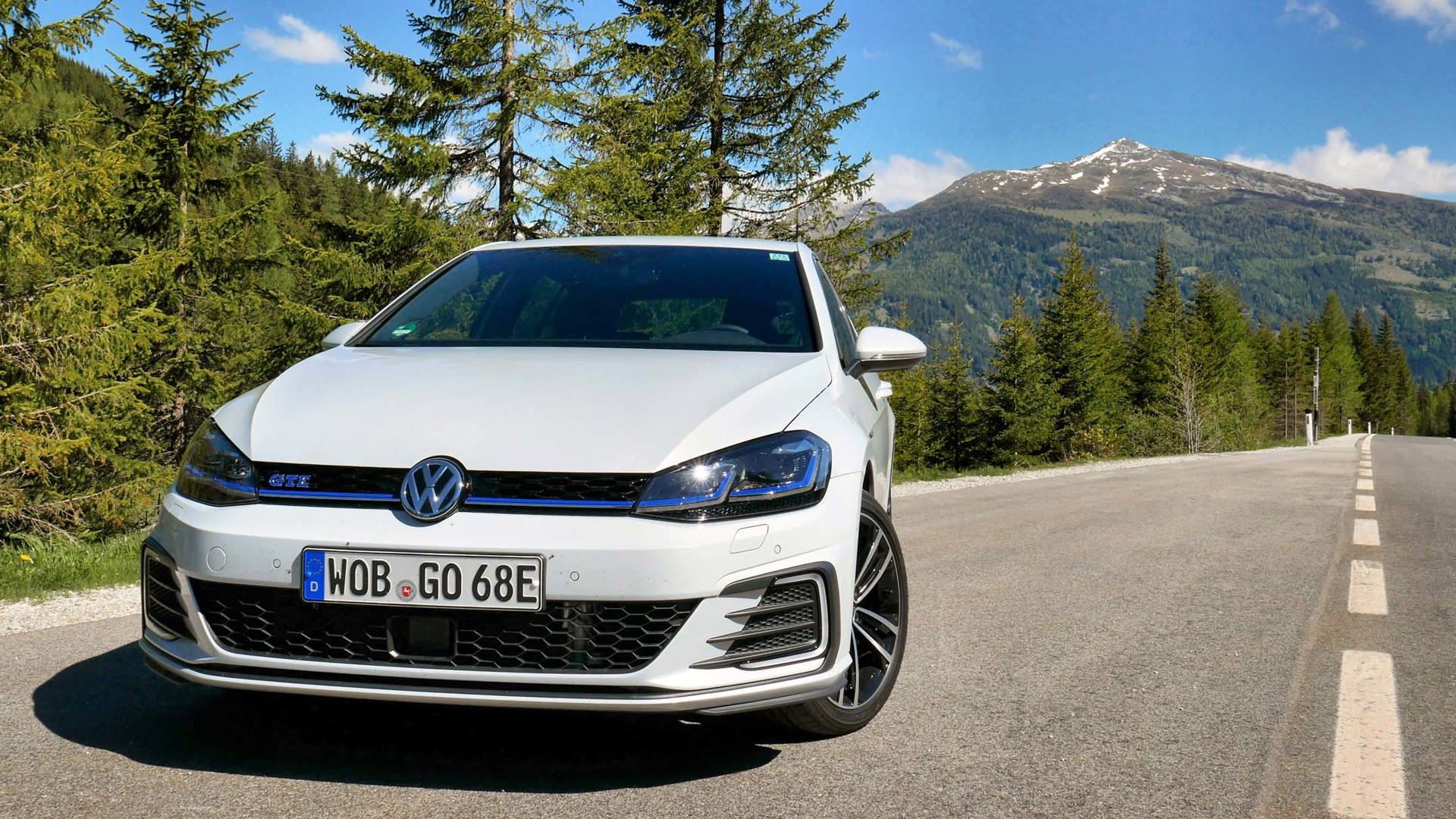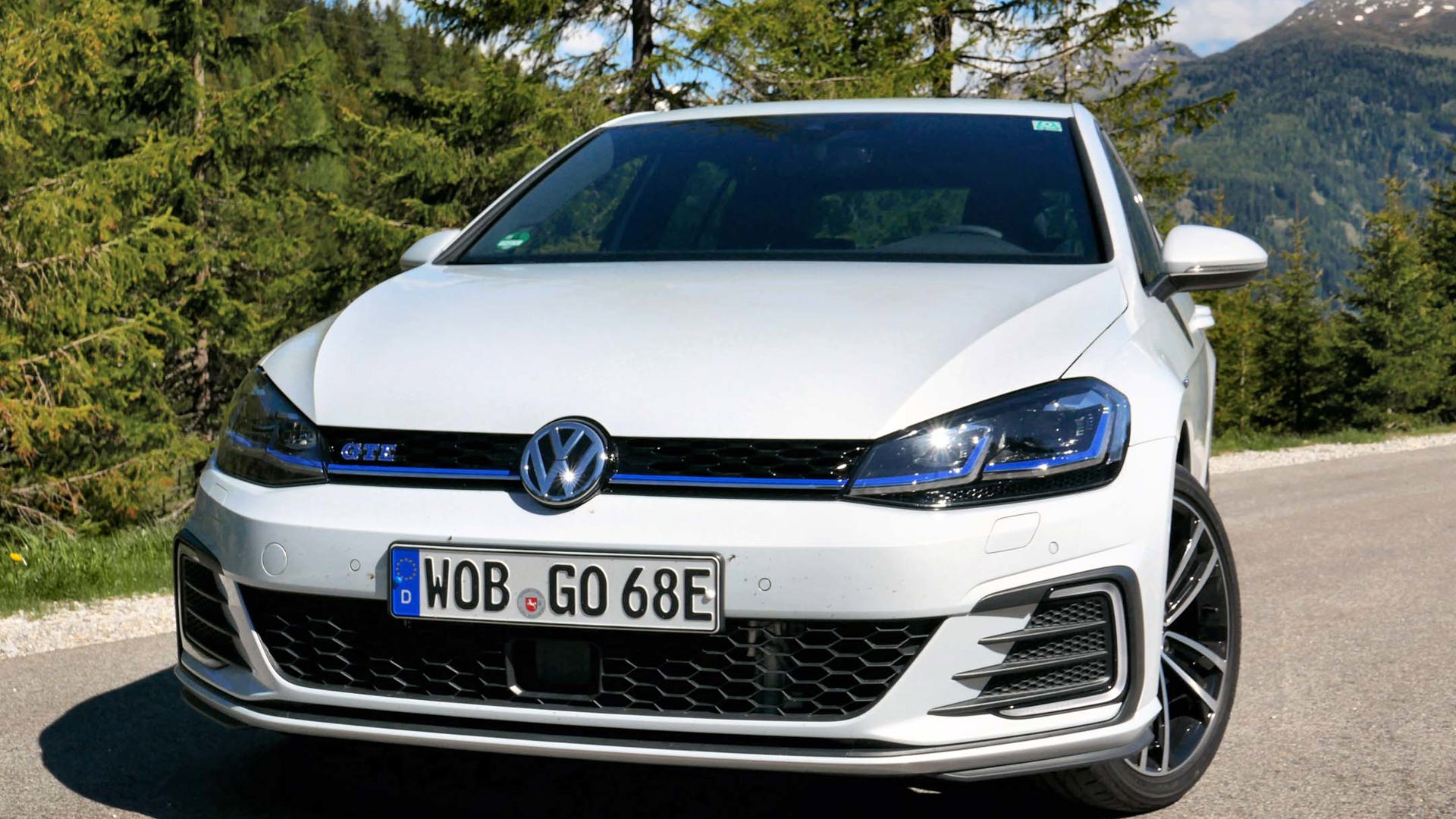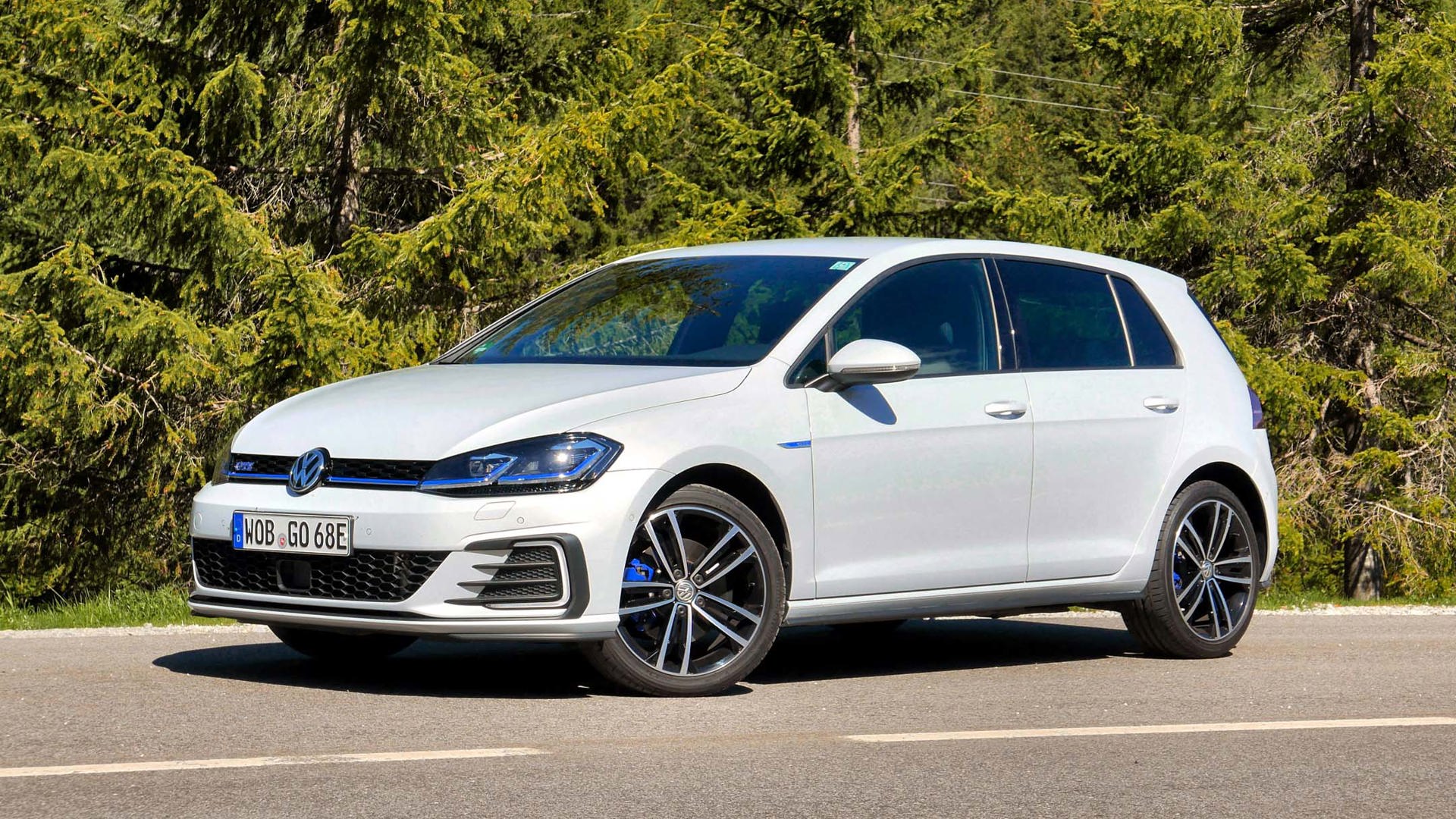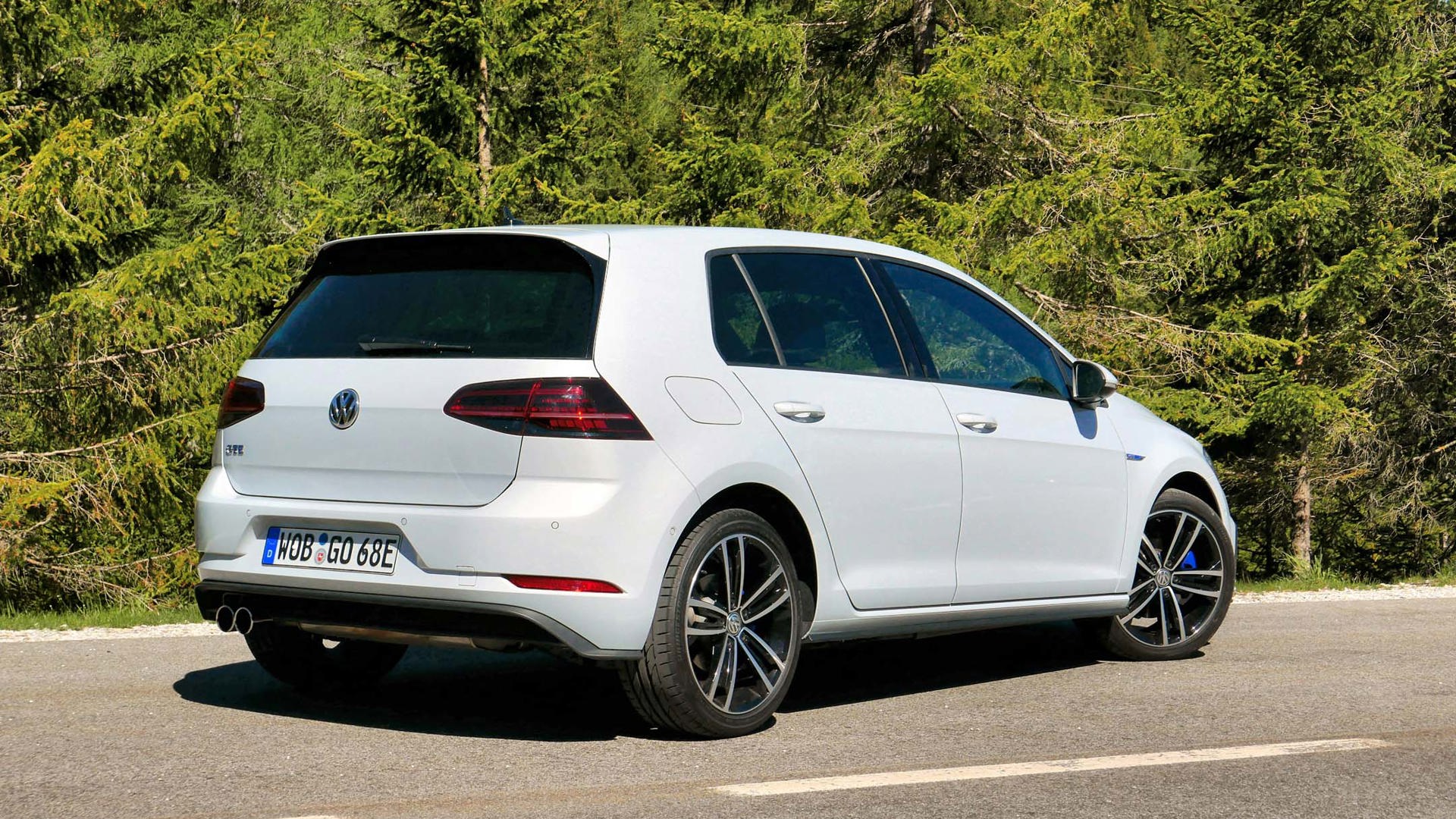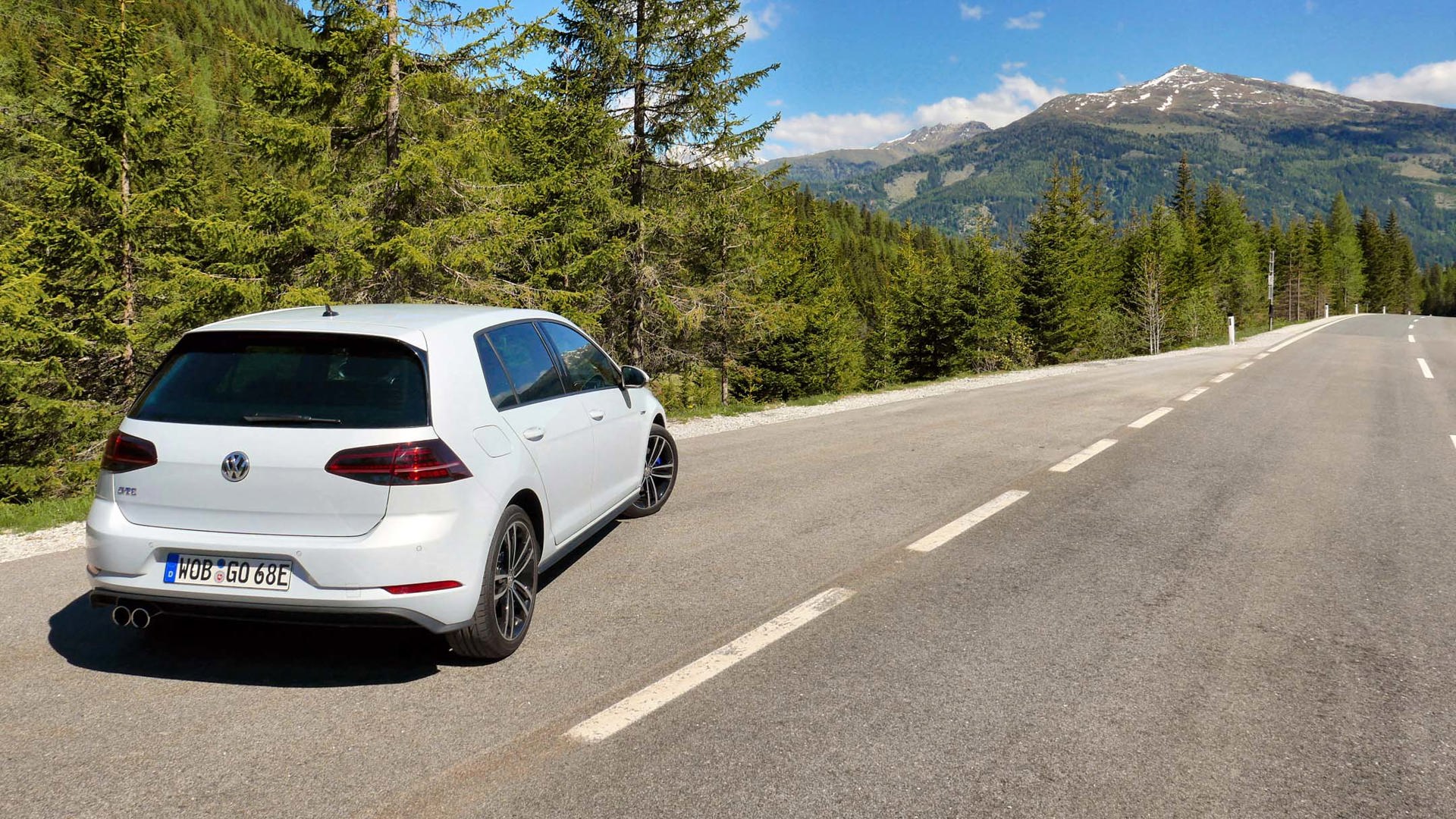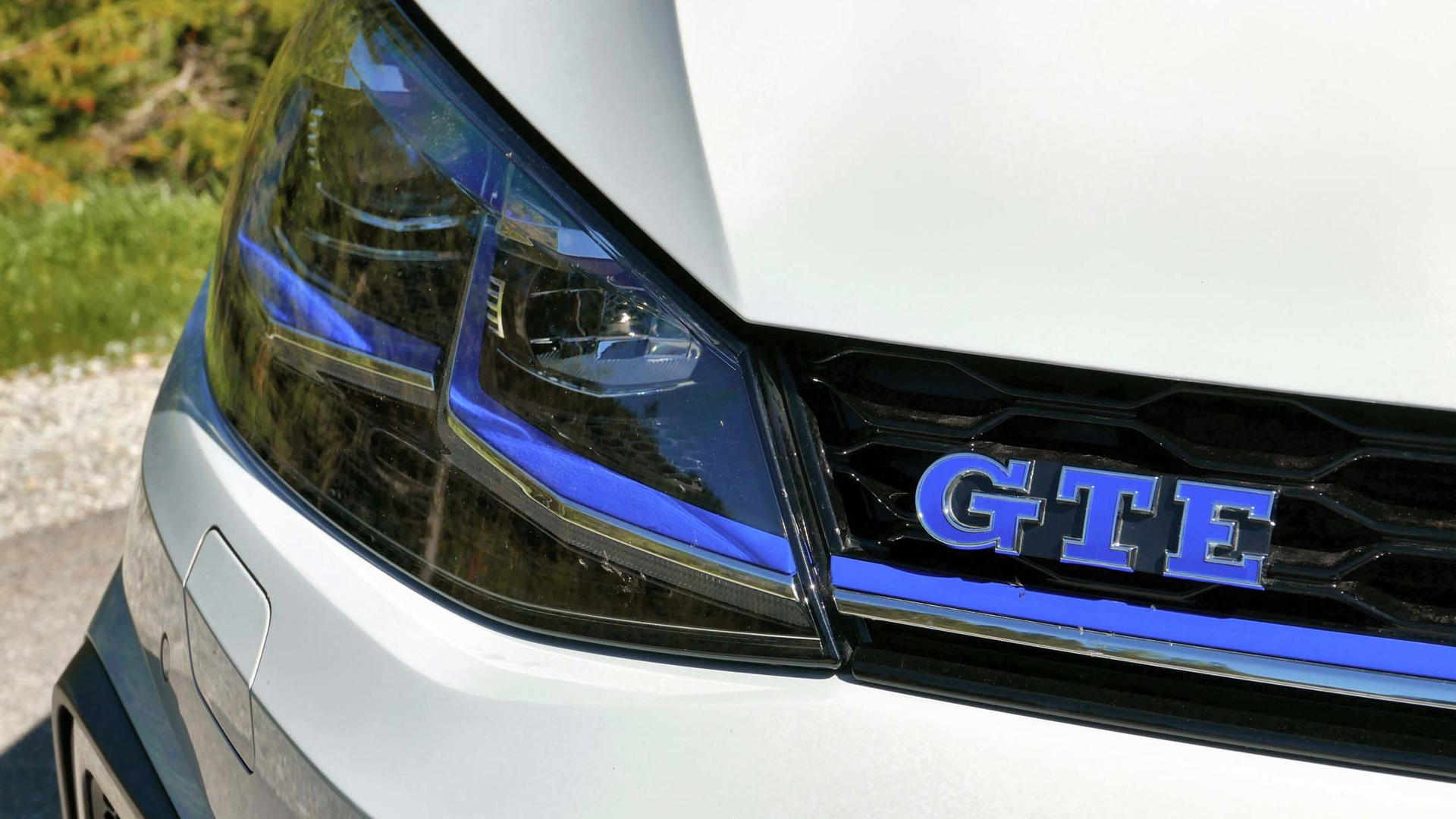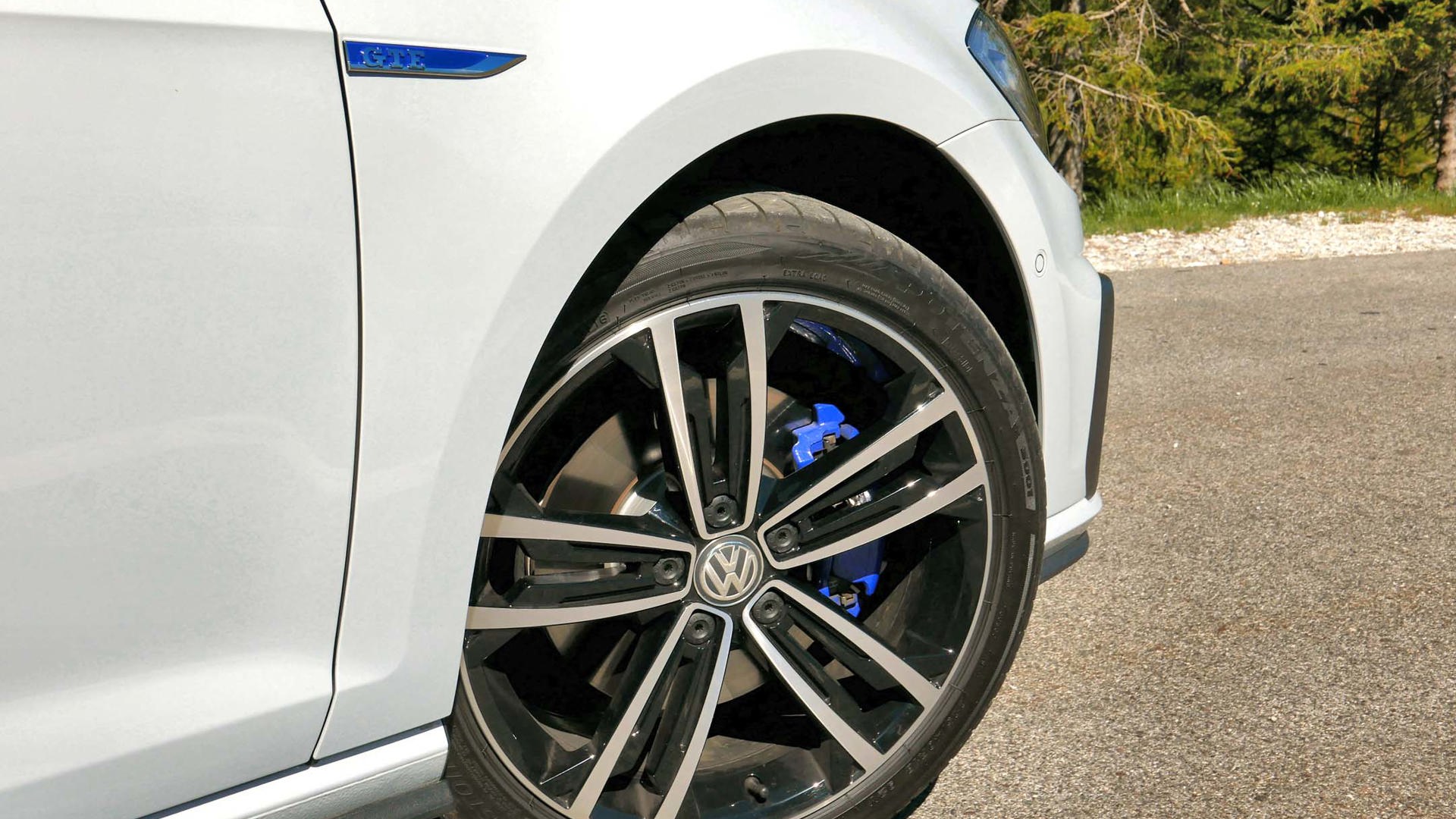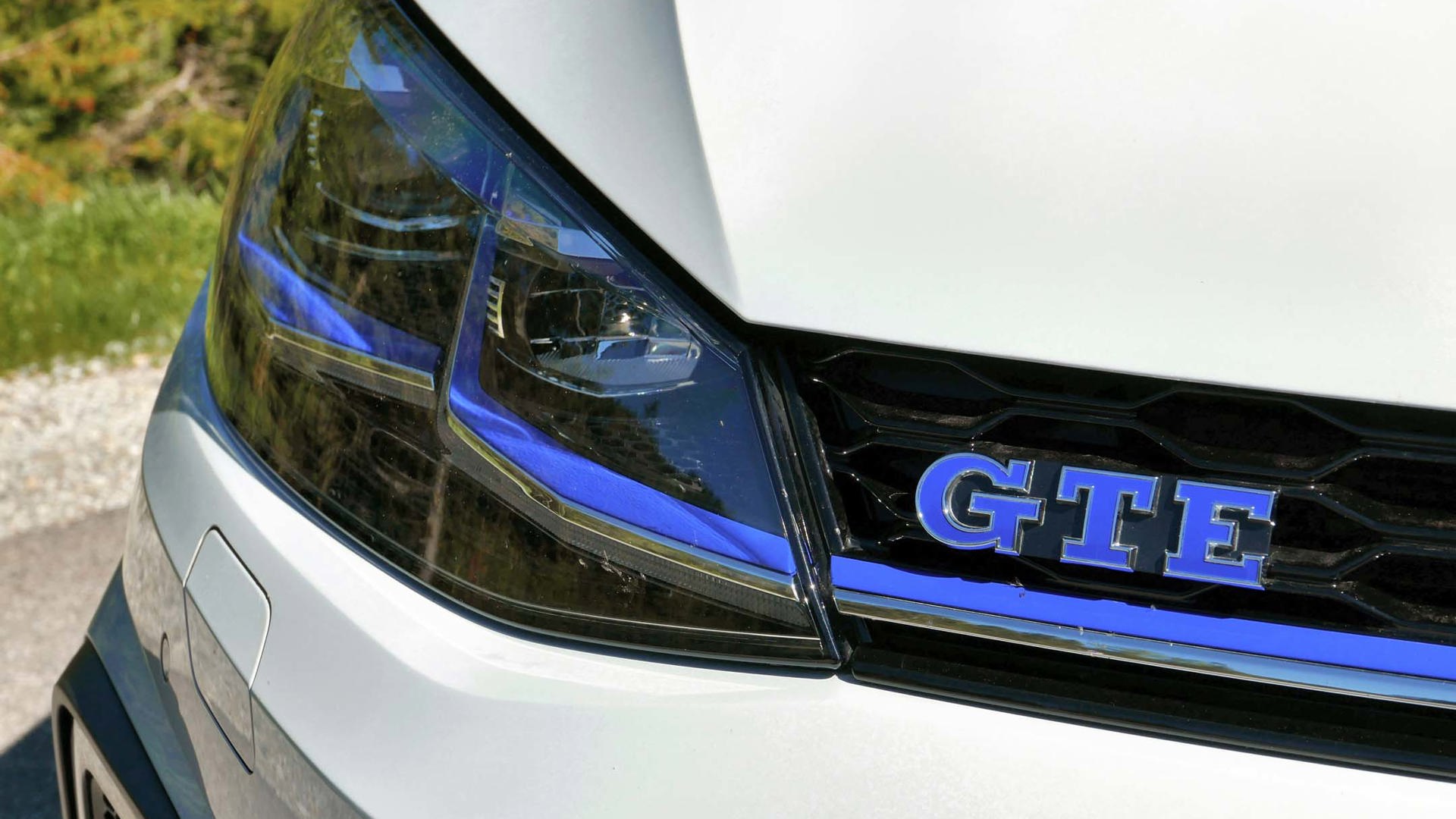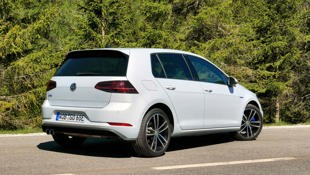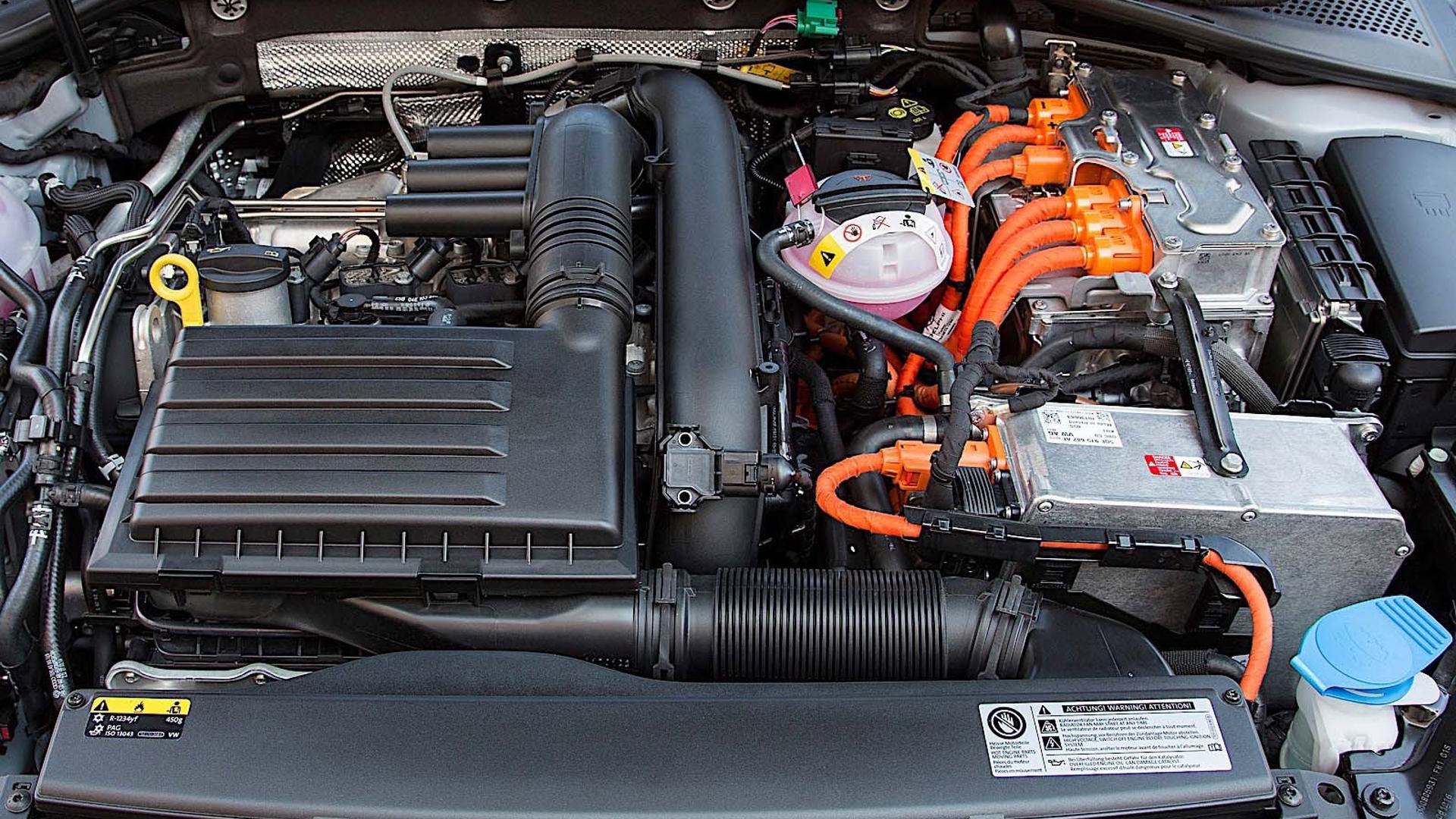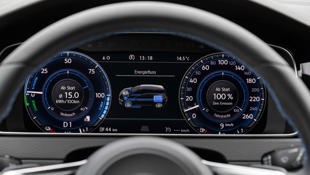It’s no secret that Europe has long had access to versions of the popular Volkswagen Golf compact hatchback that Canadians could only dream about. Occasionally, however, those dreams solidify into something a little more substantial, which is how North Americans got a taste of both the e-Golf and the fabled Golf R.
The vehicle I’m piloting through the Austrian Alps today is yet another example of VW’s tease, tease, tease – a model that aims to straddle the gap between the all-electric e-Golf and the affordable fun of the GTI. It’s the Volkswagen Golf GTE, and it’s been designed to spread its high-tech message to the masses who might not have thought they could afford a performance-oriented hybrid.
The Golf GTE isn’t a totally unknown quantity on this side of the Atlantic, as its hybrid drivetrain is already marketed here under the Audi A3 Sportback e-tron banner. While it’s simplistic to label the GTE a Volkswagen version of the e-tron, the truth lies somewhere in between: both are small hatchbacks featuring a plug-in electric drivetrain that’s oriented as much towards driving pleasure as it is towards saving you a buck or two at the fuel pump.
The GTE’s mechanical details are much closer to the GTI than they are a Prius: you’re looking at just 200 horses paired with 258 lb-ft of torque as tuned for the European market, a result of the car’s 1.4-litre turbocharged gas engine working together with a single electric motor. There’s no CVT to be found, either, with the Volkswagen shucking the rubber band in favour of a six-speed dual-clutch automated manual gearbox. Add in the nearly 200 kilos of extra weight associated with the hybrid hardware, and the GTE sprints to 100 km/h about one and a half seconds slower than its unelectrified sibling.
I’ve been made the “hybrid that’s actually fun to drive – no, really!” promise so many times that by now I’m automatically wary of any automaker advancing a similar claim. I’ve certainly driven several very fast hybrids – the BMW ActiveHybrid3 and i8 immediately come to mind – along with a number of comfortable and pleasing cruisers such as the Hyundai Sonata Hybrid. “Fun”, however, is a more nebulous term that’s not so easily applied to an automobile drinking both electrons and hydrocarbons.
I’m willing to give the Golf GTE a shot, however, and it’s hard to think of a better proving ground than the twisting two-lane roads that link one small town to the next in rural Austria. With the Autobahn towering overheard on massive cement stilts that disappear into the sky like the legs of a massive grey stork, I aim the GTE at the nearest peak, engage “GTE Mode” by tapping the console-mounted button, and squeeze the throttle.
What’s most fascinating about the GTE – and this is increasingly true of modern hybrid designs – is that it really doesn’t feel like a gasoline/electric drivetrain when you’re pushing it hard, especially in GTE driving mode where shifts are quicker and power delivery feels smooth and linear. In fact, in any driving situation the transition from EV mode to hybrid driving is seamless to the point where you’d have to keep a watchful eye on the car’s gorgeous digital dashboard to keep track of what motor’s taking care of business at any given time.
Not that I was in any position to act as an observer while facing down the switchbacks and hill-climbs laid out before me. With a friend running interference in a Golf R Variant ahead, I did my best to keep up with the mightier Volkswagen. The extra mass of the GTE versus the GTI (which I had driven on similar roads roughly 24 hours previous) was apparent, but didn’t overly inform the experience behind the wheel, as the hatch was willing and able to throw its mass around with a respectable level of confidence given its unlikely hybrid origins.
At least until the battery’s depleted, whereupon you’re back in the exclusively province of the 1.4-litre turbo four, which provides an adequate if unexciting 150 ponies all on its own. How long you get to play in GTE mode depends entirely on the terrain and the aggressiveness of your right foot, but the vehicle showed 40 kilometres of EV-only driving when fully charged – and I was able to use Battery mode to bring that figure back up from zero after coasting down 1,000 metres of elevation on the Autobahn later in the day. It’s not the most efficient way to charge the battery, as it employs the gas engine to a certain degree, but it does get you back into GTE mode more quickly than plugging in at a rest stop. If you’d rather cruise along silently at highway speeds, the VW will do that in EV mode, too, without complaint.
The fate of the Volkswagen Golf GTE remains up in the air for Canadians curious about a sporty plug-in hybrid that doesn’t come with Audi levels of sticker shock. Given that the company already offers the e-Golf in North America, officials confided that it would take an outpouring of interest in that existing EV to make a business case for the GTE hitting our showrooms too. The Golf GTE isn’t just a niche car, it’s a niche-within-a-niche car, and while it’s easy to believe that one day all performance vehicles will be battery-powered, for now it takes a very specific buyer to overlook the GTI in the showroom in favour of its E’d up cousin.
